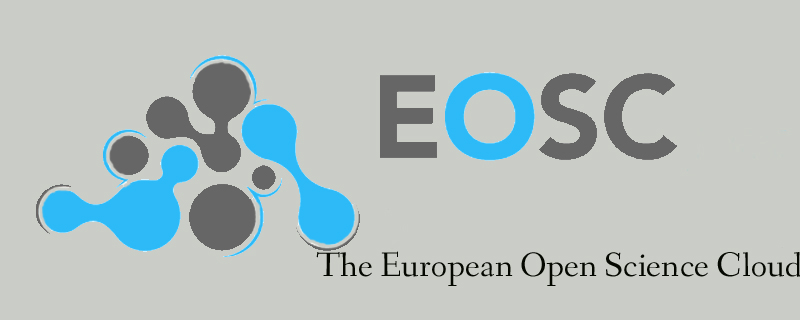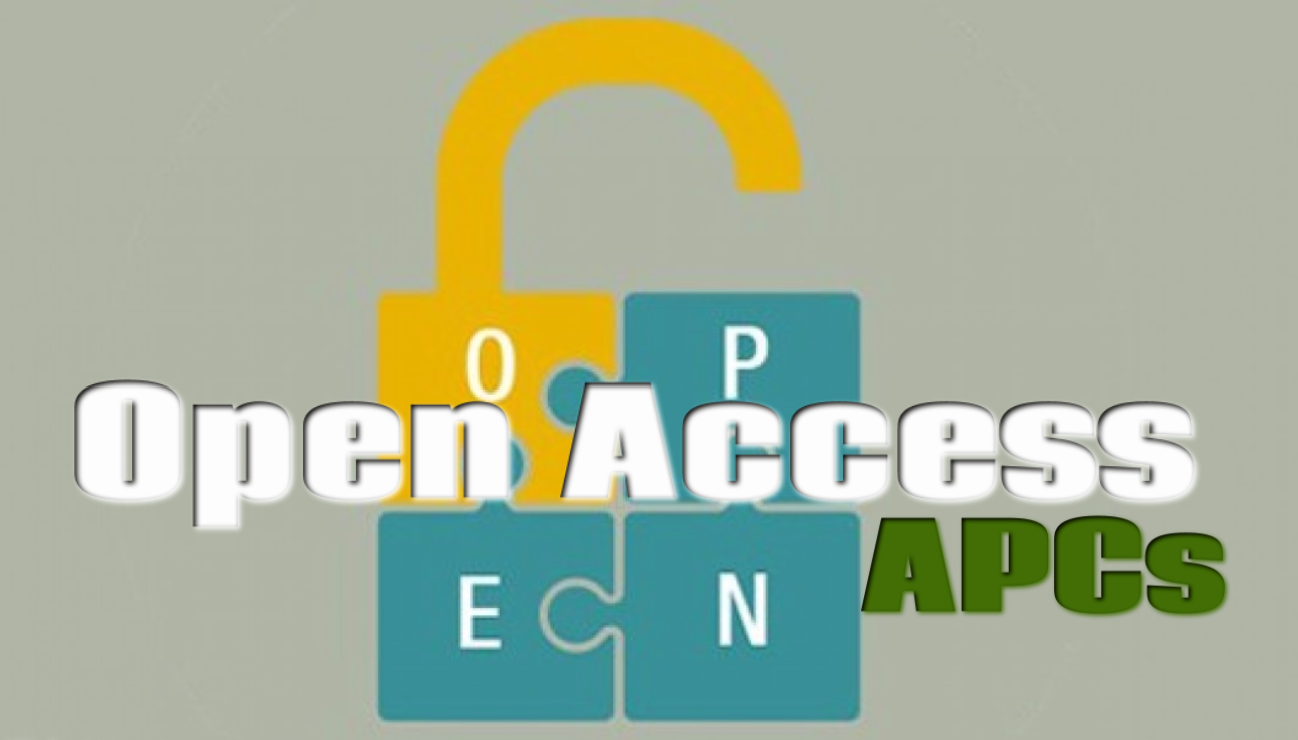
European Open Science Cloud: building a research data e-infrastructure
European research and institutional repositories are very much fragmented. The fragmentation has led to inefficiencies which might have impeded the speed of research and innovation. To address this issue, the European Commission has been working to realize a massive e-infrastructure- European Open Science Cloud (EOSC). The EOSC will combine various data infrastructures to provide fast and seamless access to data. The EOSC will be a one-stop shop for data generated by member states, according to Mr. Carlos Moedas, the European Commissioner for Research, Science and Innovation.
The rationale behind EOSC is to give consumers (researchers and other users) access to data generated by public funding. By creating a trusted environment for hosting and processing research data, EOSC ultimately aims at accelerating the EU science, research, and innovation.
The EOSC facilitates data sharing and re-use across disciplines and borders. Besides, EOSC reinforces Open Science and Open Innovation. The EU believes that this world-class data infrastructure will benefit science, business, and public services. The hope is that, once the project is concluded, it will stimulate the development of better-interconnected innovation centers and start-up ecosystems. Moreover, it will boost the cooperation between universities and industry.
The Commission appointed High-Level Expert Group that advises the Commission on European Open Science Cloud implementation. Mr.Silvana Muscella chairs the new High-Level Expert Group.
The EOSC provides access to 1.7 million researchers in Europe and more than 70 million science and technology professionals. Obviously, e-infrastructure of this size needs high-bandwidth networks, large-scale storage facilities and super-computer capacity to effectively access and process large datasets stored in the cloud. That is why the EU has put a plan in place to invest more than (I think there’s a misspelling in the following part; it’s probably more than 200 euros) euro 200 over the coming two years. It is estimated that half a million ‘core data scientists’ are needed to make the most of open research data in Europe so that the EOSC can be fully functional by 2020.

There are two avenues for publishing open access articles: The Gold and Green open access. Access to open access journals is free of charge. Nonetheless, there is always cost associated with publishing or disseminating open access articles. There is no publication cost for Green open access articles- they are uploaded in institutional repositories without undergoing rigorous process of peer review and publishing. But there is a cost for depositing and disseminating articles. However, Gold open access (fully and hybrid open access journals) comes with a significant publishing cost, which is Article Processing Charges (APCs).
Average APCs
The cost usually ranges from $1000 to $3000 depending on the quality (impact factor) of journals. Yet some countries have APC cap. For instance, a maximum fee that Germany institutions pay for APCs is € 2000.
Article Processing Charges are usually covered by authors, educational/research institutions or by funding agencies. European Union makes APCs available through Horizon2020 program. Research funding agencies such as Jisc, Bill and Melinda Gates also cover APC related costs. Obviously, educational and research institutions pay millions for subscription to get access to non-open access journals. On top of this, some institutions pay APCs. This cost can be significant to institutions. However, how significant this cost is? This is the question that Najko Jahn and Marco Tullney’s study attempted to address.
The Cost of Open Access
For instance, between 2005 and 2015 Germany educational and research institutions paid APCs amounted to € 9,627,537 to cover APCs for 7,417 articles. Out of the total paid for APCs, €3,661,120 (2,856 articles) came from Max Planck Institute. Most of the APCs went to fully and hybrid open access journal publishers. Springer Nature and Public Library of Science (PLoS) received about 54 per cent of the APCs from Germany institutions.
Study by Najko Jahn and Marco Tullney revealed that hybrid journals charge more APCs than fully open access journals. They found out that Germany institutions prefer to publish on fully open access journals. In contrast, the UK and Australian institutions mostly pay APCs to hybrid open access journals.
As indicated above, research institutions are spending significant amount of money to realize open access. What is not clear yet is that how much this effort is encouraging researchers to publish on either fully or hybrid journals. Source

